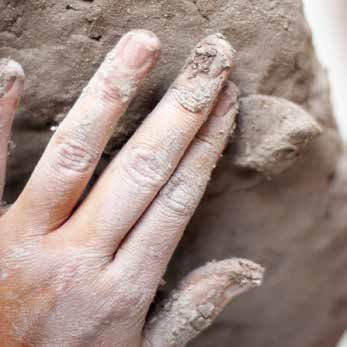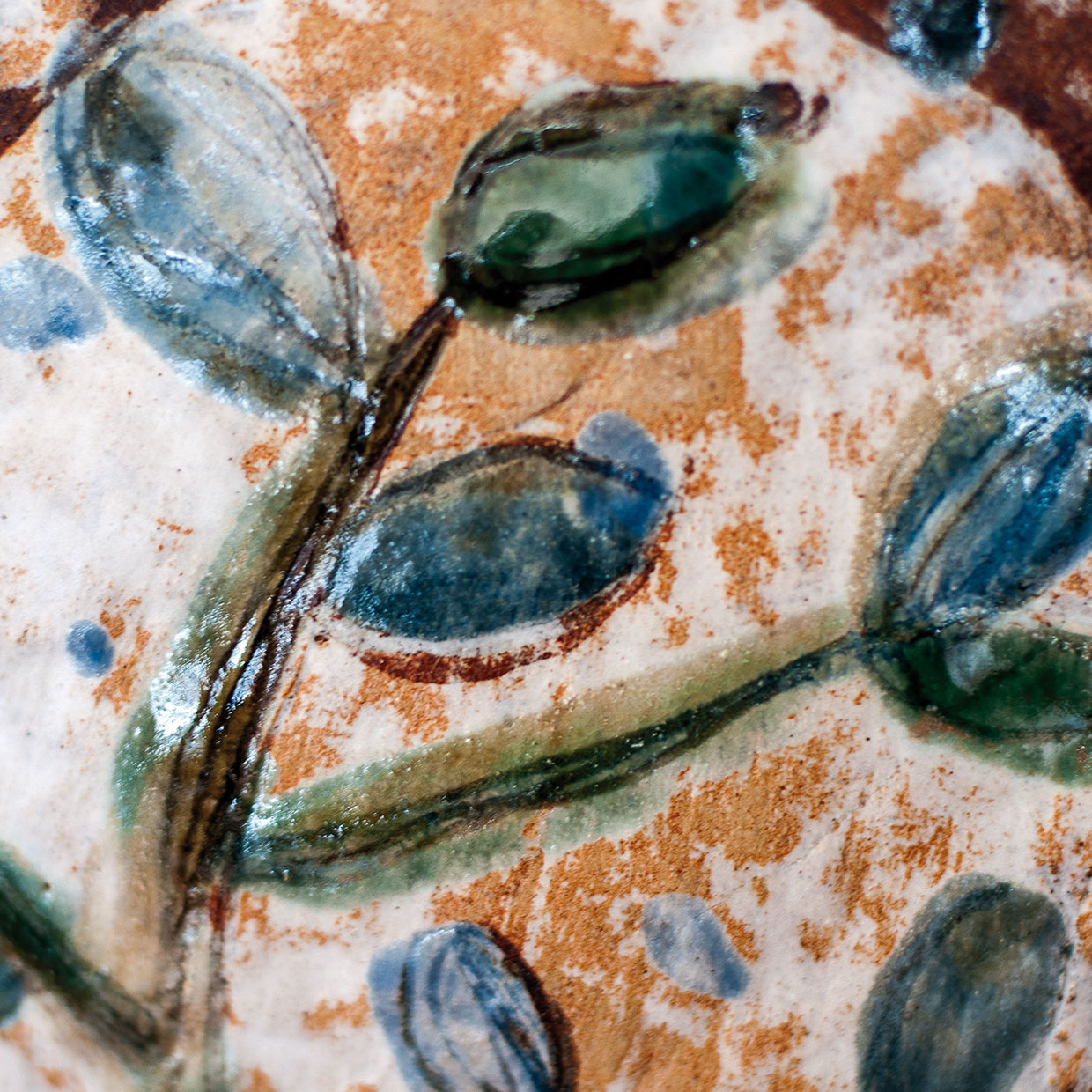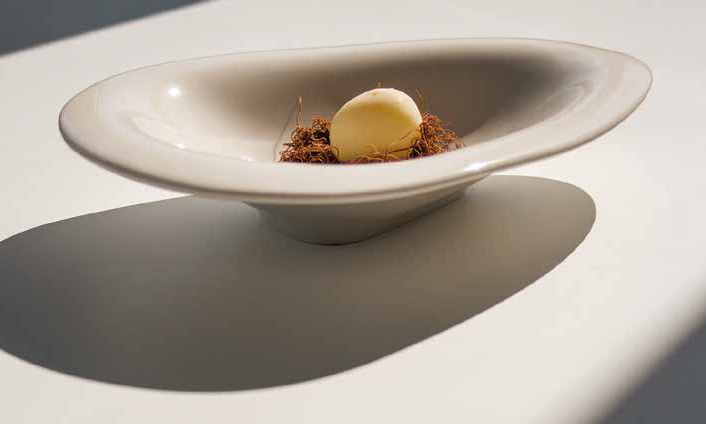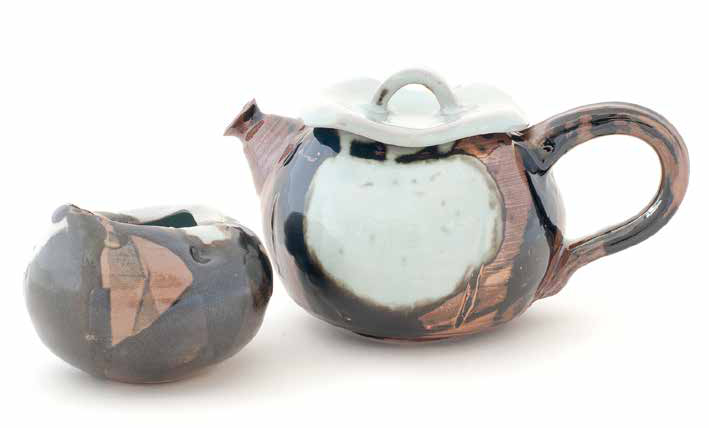
Asako Arai

In the work of Asako Arai with ceramics, the organic and natural elements are always present, both in the form and in the decoration of the pieces. She is interested in details and the shape of the human beings. She likes to locate the ceramic pieces in the nature and work of large format. She considers that the ceramic material is ideal from the physical point of view due to its resistance and durability, before the climate and the meteorological changes, and also from the organic point of view due to the natural characteristic of the ceramic material, clay, that can camouflage perfectly in a natural environment.
Susana Gutiérrez

Nahas or nahastu, in Basque means ‘mix’ and for Susana Gutiérrez is a very adequate name for her work, since this model came from the idea of the mess, which in Basque is nahapila. Mixing is an action that repeats itself both in the kitchen and in the production process of ceramics. The same way that in the kitchen of an Akelarre joins a mix of tradition with avant-garde, also her work mixes the craftwork with the industrial design.
Ana Llorens

For Ana Llorens, the tea is part of a great social tradition in different countries and cultures: the way of drinking it, the time and the port differentiate the diverse cultures, geographical areas and even the philosophies of life. The work of this author starts with a study and analysis of the uses and traditions of tea in different cultures. The time of having tea is the motivation of her work, the same time that she uses to produce her teapots. After travelling through different cultures, she stops at her studio to build her “universal teapot.” This works offers an awareness time to stop the daily bustle and fill with vitality our life. She wants to be “a good tea bag to be able of spreading harmoniously the tea culture.”











